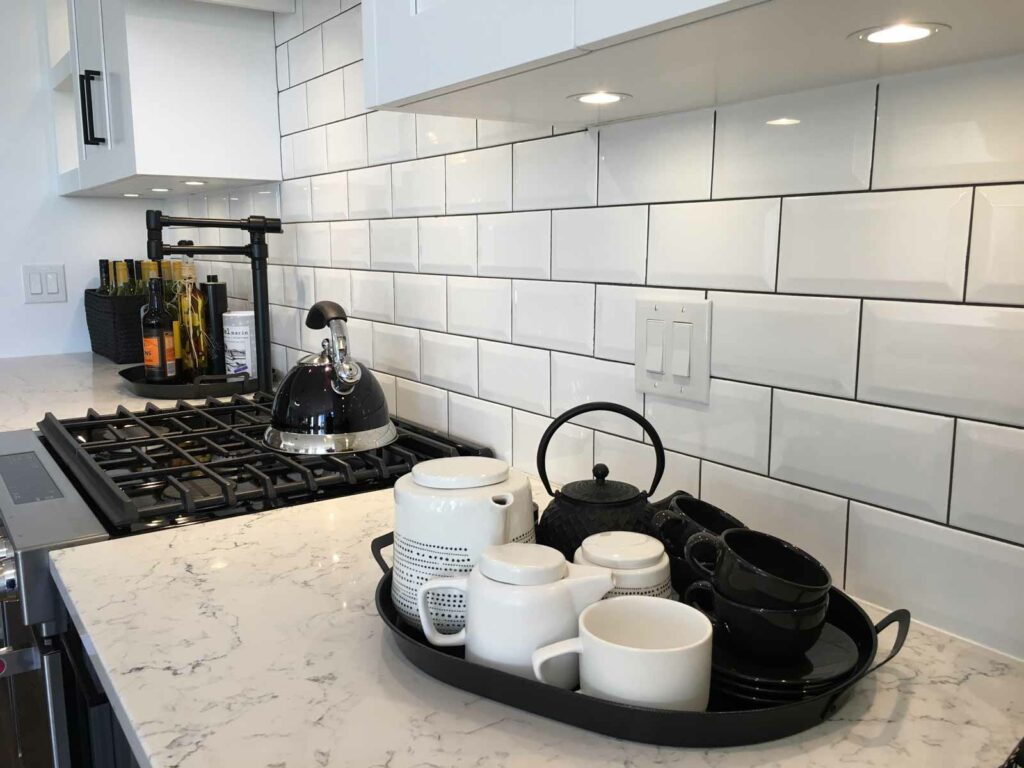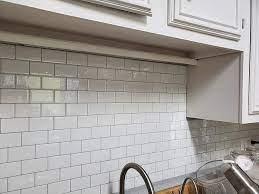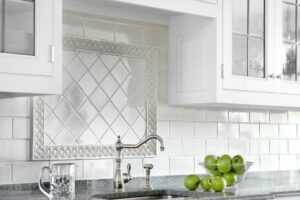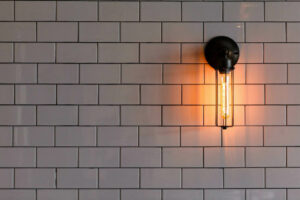Patterns are more than just visual aesthetics; they have a psychological impact on how we experience a space. When we encounter patterns, we don’t simply see them—we feel them. The shapes, symmetry, and rhythm of a pattern can evoke emotions, create a sense of harmony, and even alter our perception of space. One pattern that stands out for its ability to evoke both sophistication and comfort is the herringbone pattern. This timeless design element is everywhere these days, particularly in tiles, as it makes a bold yet welcoming statement in homes across the globe. But why do herringbone tiles feel so inviting?
In this article, we’ll explore the psychology behind why the herringbone pattern has such a powerful impact, delving into its rich history, modern resurgence, and how it continues to influence contemporary design. From how it feels emotionally to how it can transform a space physically, we’ll uncover the reasons behind its widespread appeal and timeless allure.
Introduction
Herringbone tiles are everywhere, from kitchen splashbacks to bathroom floors and even living room walls. This angular, zigzag pattern evokes a sense of movement, structure, and elegance, making it a popular choice in interior design. But it’s not just their aesthetics that make them so appealing—there’s something almost instinctual about how the human eye responds to them.
Why are herringbone tiles so captivating? The truth lies in the psychology of patterns and how certain arrangements can trigger positive emotional responses. Patterns, particularly those that are symmetrical or rhythmical, have a profound effect on our brain. They create a sense of order, which in turn makes a space feel more comfortable and harmonious. The herringbone pattern, with its precise angles and repetitive structure, is no exception.
In the following sections, we’ll dive into the psychology of patterns, the rich history of herringbone tiles, and why this particular design has managed to capture the hearts of interior designers and homeowners alike.
A Brief History of Herringbone
The herringbone pattern has a fascinating history that spans thousands of years. It is believed to have originated in ancient Rome, where it was used in road construction. Roman engineers employed the pattern to create strong, durable roads that could withstand the heavy traffic of the empire. The angled arrangement of stones allowed for better weight distribution, making it a smart, functional design.
As time progressed, the pattern found its way into more decorative applications. In the 16th century, herringbone became synonymous with parquet flooring in Europe. French aristocrats used it to enhance the elegance of their grand estates, and it wasn’t long before it became a staple in the homes of the wealthy across Europe. Herringbone tiles were particularly favored because of their intricate, almost artistic appearance.
Fast forward to today, and the herringbone pattern has made a major comeback, especially in interior design. It’s no longer confined to the floors of ancient roads or royal ballrooms—it’s found in everything from kitchen splashbacks to bathroom walls. While the pattern has evolved in terms of materials and applications, its psychological appeal remains unchanged.
See more: Your subway tiles answered in specific terms
Why Herringbone is Back in Style
So, what exactly is driving the resurgence of herringbone tiles in modern interior design? There are several reasons for their renewed popularity, but the most important ones are versatility, aesthetic appeal, and their ability to tap into modern design trends.
1. Versatility Across Design Styles:
Herringbone tiles are surprisingly adaptable to a wide range of design aesthetics. Whether you’re decorating a contemporary urban loft, a classic traditional home, or a rustic farmhouse, the herringbone pattern can seamlessly fit into any style. It can be used to add a touch of elegance to a minimalist space or inject texture and movement into a more intricate, eclectic design.
2. Aesthetic Appeal:
There’s something undeniably sophisticated about herringbone tiles. Their angular, geometric arrangement creates a sense of rhythm and flow, while their symmetry evokes a feeling of order. This combination of visual appeal and psychological comfort makes herringbone an irresistible choice for those looking to create a welcoming and stylish space.
3. Modern Design Trends:
As more homeowners and designers seek ways to add personality to their spaces, there has been a marked shift toward geometric patterns in interior design. The clean, structured lines of herringbone tiles fit perfectly within this trend. What’s more, the rise of maximalism in recent years has made bold patterns like herringbone more desirable. The emphasis on pattern and texture—along with the growing interest in materials like marble, stone, and wood—has contributed to the revival of herringbone in both residential and commercial design.
Design Applications
The appeal of herringbone tiles goes beyond their aesthetic value—they also enhance the functionality and feel of a space. Here’s how herringbone tiles are being applied in different areas of the home:
1. Kitchens:
In kitchens, herringbone tiles often make their appearance in splashbacks. This is a high-visibility area where you can make a bold statement with minimal effort. The dynamic pattern of herringbone tiles adds texture and interest, while also reflecting light and creating visual depth. Whether in a modern or traditional kitchen, herringbone tiles provide a sophisticated touch that makes the space feel polished and complete.
2. Bathrooms:
The precision and elegance of herringbone tiles also work well in bathrooms, particularly in shower areas or as a feature wall. The pattern’s clean lines and geometric appeal make it perfect for adding a touch of luxury to the space. Additionally, the way the light interacts with the tiles creates a beautiful visual effect, making the bathroom feel more spacious and inviting.
3. Living Spaces:
Herringbone tiles aren’t just limited to kitchens and bathrooms; they’re also making a statement in living areas and entryways. Installing herringbone tiles on a feature wall can add an artistic flair to a room, giving it a sense of style and sophistication. Whether paired with contemporary furniture or traditional accents, the pattern complements a variety of design styles, adding warmth and texture to the space.
4. Outdoor Areas:
Herringbone tiles are also making their way into outdoor living spaces, such as patios or garden paths. Natural materials like terracotta, stone, or wood-look tiles in a herringbone layout bring a rustic charm to outdoor settings. The pattern creates a sense of flow and movement in the outdoor landscape, inviting people to explore the space.
Materials and Finishes
The material and finish of herringbone tiles play a significant role in determining their overall vibe and the mood they create in a room. Some of the most popular materials include:

1. Ceramic and Porcelain:
These are the most common materials for herringbone tiles, offering a broad range of colours, finishes, and textures. Ceramic and porcelain tiles are affordable, durable, and easy to maintain, making them ideal for high-traffic areas like kitchens and bathrooms. The smooth finish of porcelain tiles reflects light beautifully, creating a fresh and clean aesthetic.
2. Marble and Natural Stone:
For those looking to add a touch of luxury to their space, marble and natural stone herringbone tiles are an excellent option. The unique veins and patterns of marble create a sophisticated, one-of-a-kind design, while natural stone tiles can lend a rustic or earthy charm to the room. These materials are often used in high-end applications, such as bathrooms or living spaces, where the visual impact of the pattern is enhanced.
3. Wood-Look Tiles:
If you’re looking to introduce warmth and texture into a space, wood-look herringbone tiles are the perfect solution. These tiles mimic the appearance of real wood but offer the durability and ease of maintenance of ceramic or porcelain. Wood-look tiles are ideal for creating a cozy, natural atmosphere in living rooms, bedrooms, or even outdoor spaces.
Pros and Cons
Like any design choice, herringbone tiles come with both advantages and challenges:
Pros:
- Timeless Appeal: The herringbone pattern is classic and never goes out of style. It works in both traditional and contemporary spaces.
- Visual Interest: The angular arrangement creates texture, depth, and rhythm, making the space feel dynamic and inviting.
- Versatility: Herringbone tiles work in a wide variety of spaces, from kitchens and bathrooms to living rooms and outdoor areas.
- Resale Value: High-quality herringbone tile installations, particularly in key areas like kitchens and bathrooms, can boost the resale value of a home.
Cons:
- Installation Complexity: The intricate design of herringbone tiles requires careful planning and skilled installation. This can make the process more expensive and time-consuming than standard tile layouts.
- Maintenance: Depending on the material, some herringbone tiles, like natural stone, may require more maintenance and care to preserve their appearance.
Styling Tips
To maximize the visual appeal of herringbone tiles, here are a few styling tips:
- Play with Grout Colour: Light grout with dark tiles or dark grout with light tiles creates a striking contrast that highlights the pattern. Alternatively, matching grout with the tile colour creates a seamless, understated effect.
- Mix Materials: For a more dynamic look, experiment with different materials. Marble herringbone tiles with brass accents, or wood-look tiles with natural stone, create a balanced contrast that adds interest to the room.
- Scale Matters: The size of the tiles can drastically change the look. Larger tiles create a more modern, bold effect, while smaller tiles have a more intricate, delicate feel.
Future of Herringbone in Interior Design
The future of herringbone tiles looks bright. As sustainability continues to be a priority in design, we’re likely to see more eco-friendly materials used for herringbone tiles, such as recycled or sustainable options. Additionally, as the trend for bold geometric patterns continues, herringbone will remain a go-to design element, constantly evolving to suit contemporary tastes.
Conclusion
The psychology behind why herringbone tiles feel so inviting is rooted in the human response to patterns—especially those that evoke order, rhythm, and symmetry. Herringbone tiles combine these elements to create spaces that feel both dynamic and harmonious. Whether in kitchens, bathrooms, or living rooms, their timeless appeal and versatility make them a favorite for interior designers and homeowners alike. As herringbone tiles continue to evolve, their impact on interior design will undoubtedly remain strong, adding texture, elegance, and psychological comfort to spaces for years to come.



